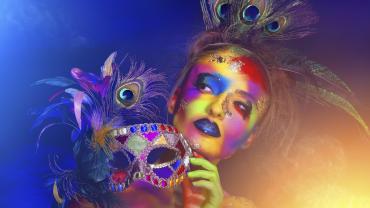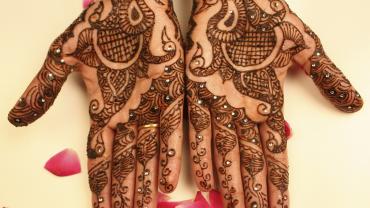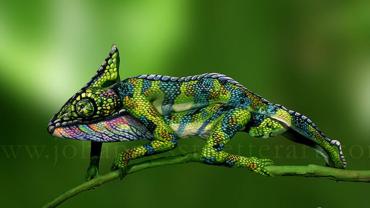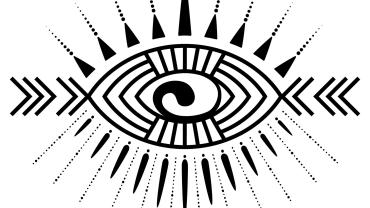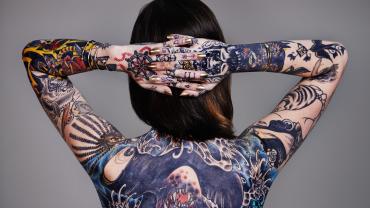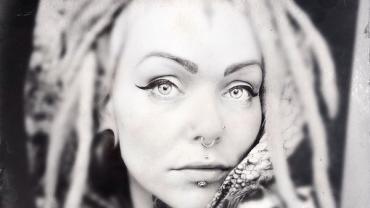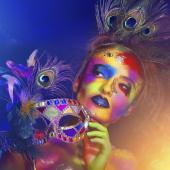Body Art
All about the art of body modification.
Tattoos and piercings have been around for a long time. The proof is a 7,000 years old tattooed mummy that was found. Tattooing has evolved independently across the many different tribes.
Body Art - a first overview
The word tattoo comes from the Tahitian language. It means “a drawing on the skin.“ Piercings are widespread among the natives of America, Africa and Asia. In Japan, tattoos have a long tradition. Tattoos & piercings usually come with a ritual purpose. It is the case that one would like to distinguish oneself from other people and tribes to express something special. They emphasize sexual stimuli, they are jewelry, they mean protest or serve political opinions.
Tattoos and piercings can have various different meanings. They are often a sign of belonging to a particular group or a ritual symbol. Earlier tattoos were used as a sign of the offenses among prisoners. Seamen and sailors wore symbols such as anchors, hearts or stars. In today's time, body ornaments are more likely to present oneself and one´s exclusivity. Piercings & tattoos styles are constantly developing. On the one hand, they go back to traditions that were re-discovered only in western culture. On the other hand side, they are re-invented based on averted techniques for reasons of fashion.
As before, tattoos and piercings are in line with the trend. They are especially used among young people to stand out or they mark important phases in their lives with an individual motif. There are countless body sites for a tattoo or a piercing. However, a global study course as a tattooist or piercer does not (yet) exist. Join the community and check other tattooists or piercers out, meet new contacts or motifs and read in magazine with regards to the latest trends in the tattoo & piercing scene!

